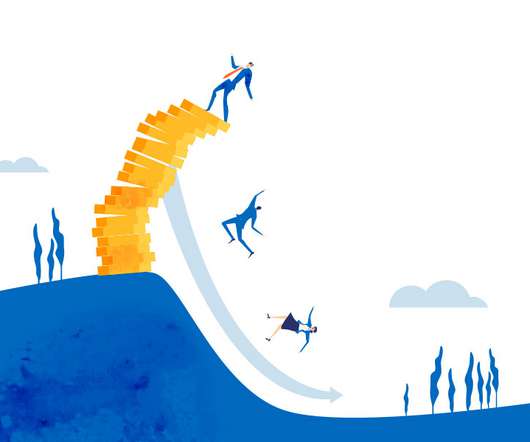3 Things Great Companies Do for Customers
Beyond Philosophy
SEPTEMBER 22, 2015
According to trendwatching.com, the feelings a Customer has when they are getting excellent Customer service are the same as the feelings they have when they feel love. Most excellent Customer Experiences leave Customers feeling valued and important, or, in other words, feeling the love. I couldn’t agree more.















Let's personalize your content